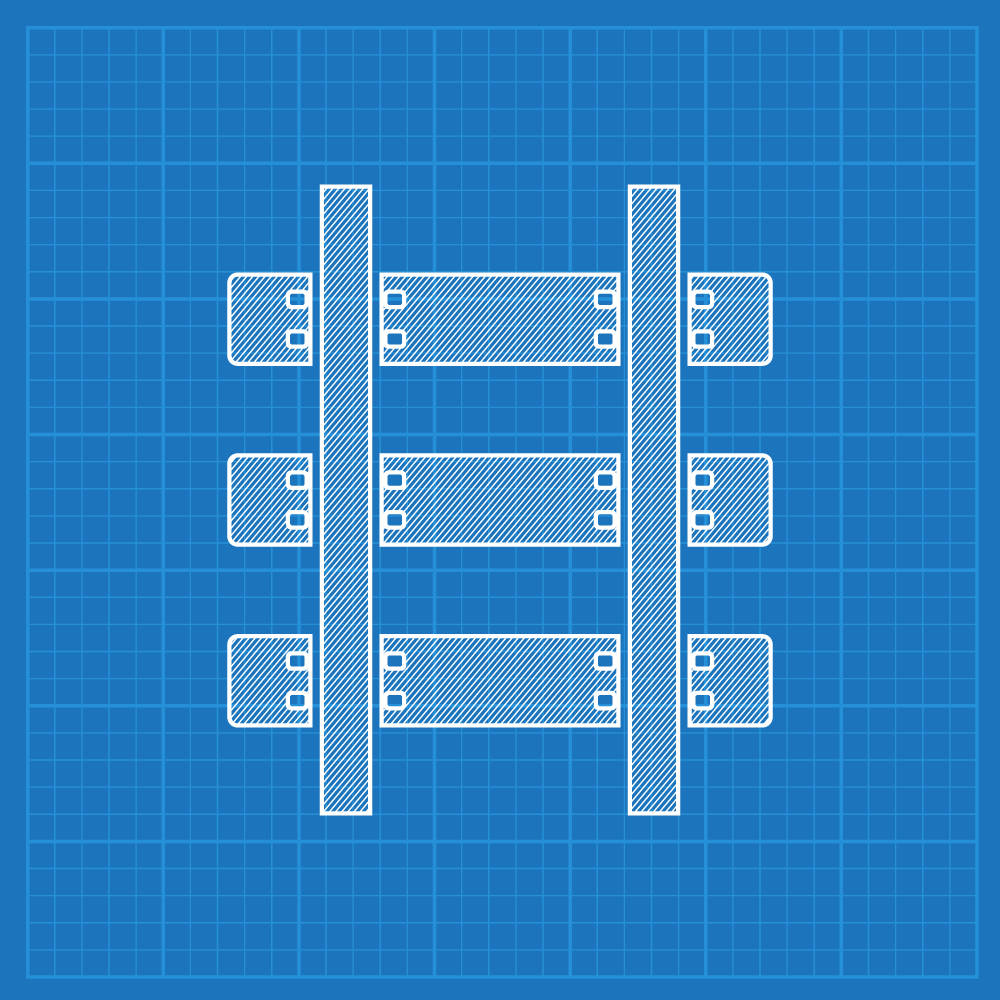
Blog
Details on how Rails Blueprint works and tips on making your work easier and faster

To Everyone Who Sorted Their TODOs by Color Instead of Shipping: We See You
The Monday I Won Gold at Not Shipping I sat down to “finally ship the MVP.” Two hours later, my README had a legend, gradient labels, and a semantic rainbow of TODOs that would make a design system blush. The deploy button? Untouched. Somewhere, a kanban board applauded; my users did not. Th...Read more
“I’ll Wire Up Auth Tonight” And Other Famous Last Words
The promise we all make at 7pm We’ve all said it: “I’ll wire up auth tonight.” The laptop opens, the tea is warm, confidence is high. Two hours later you’re diagramming password reset flows like a detective connecting yarn on a corkboard. Somewhere, a sunrise files a missing person report for...Read more

Why We Chose Slim Templates Over ERB or HAML: A Deep Dive into Rails Blueprint's View Layer

Breaking out of turbo-frame
When using turbo-frames all page updates by default are limited to the frame which initiated the request. On frontend you can change target frame by setting data-turbo-frame attribute on links (and use _top to update the whole page). But what if you want to make that decision on backend? U...Read more